Wondering what you can do now to get a head start on your spring garden?
Even in the coldest growing zones, there are a few things you can plant now, and in zones 10 and warmer, there is an abundance of seeds. It’s not too early to get sprouting.
Don’t know your growing zone? You can find it here (US) or here (Europe).
Also, check your last frost date by doing a simple internet search for “last frost date for (location).” The last frost date is a “best guess based on the past” projection, so anything you plant out around that date is still at risk. Whenever putting indoor/greenhouse-grown seedlings into the ground, space them out in batches and consider using cloches or row covers to give them a little extra protection.
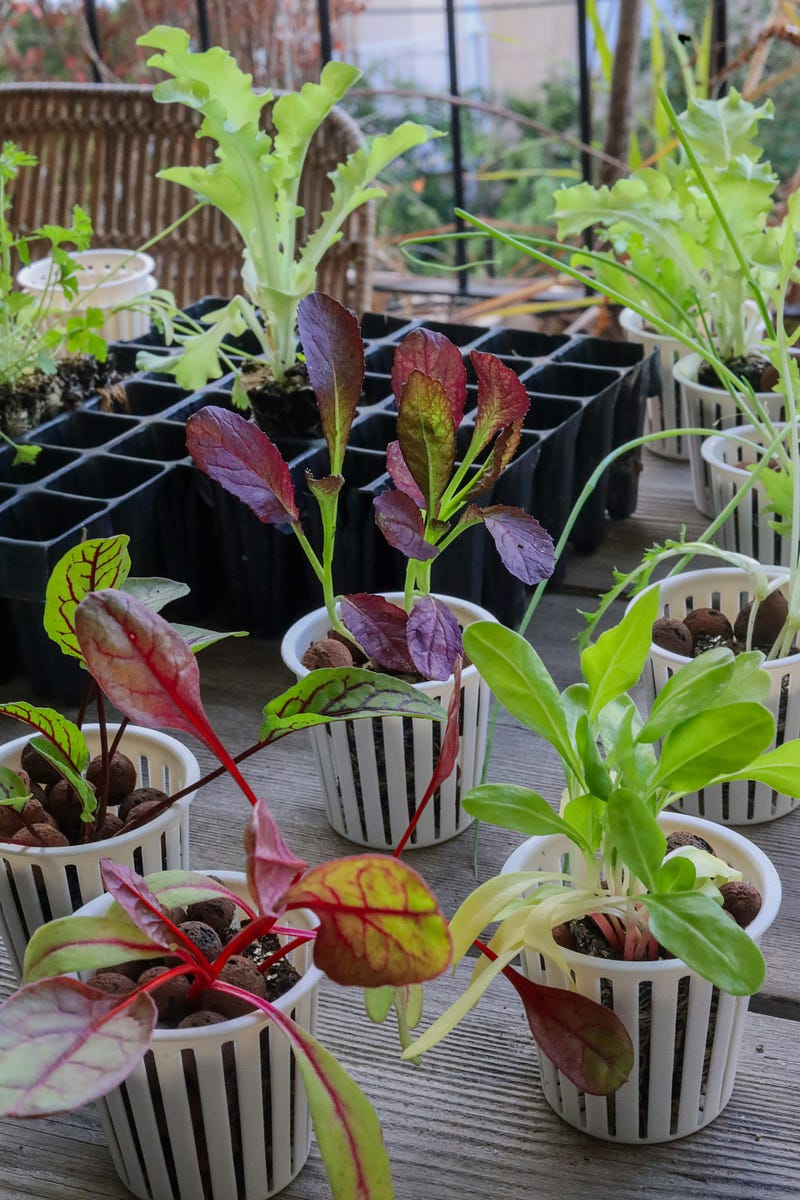
Cool-Weather Crops
In zones 10 and 11, February is the ideal month to start planting cool-weather crops. These vegetables can be direct-seeded or transplanted outdoors as early as February 1st.
Zones 9 and colder can start these crops indoors for transplanting outside sometime in March, depending on the zone.
Spinach
Spinach thrives in cool soils and can be ready to harvest in less than a month. Many cultivators can withstand temperatures into the teens. Sow seeds ½” deep, about 3–5 seeds per inch for baby leaf variety, or 10 seeds per foot for large leaf bunching type.
Mache (Corn Salad)
Mache has a sweet and nutty flavor. It can tolerate soils as cold as 40°F. Direct sow about 1” apart. You can start picking off leaves when they are 2–3” tall.
Arugula
Arugula likes cool soils between 40–50°F. If sowing outdoors, wait until 2–4 weeks before the last frost date.
Claytonia
Claytonia likes cool soils around 50 to 55°F. Direct sow seeds ½” apart in rows for full-size rosettes.
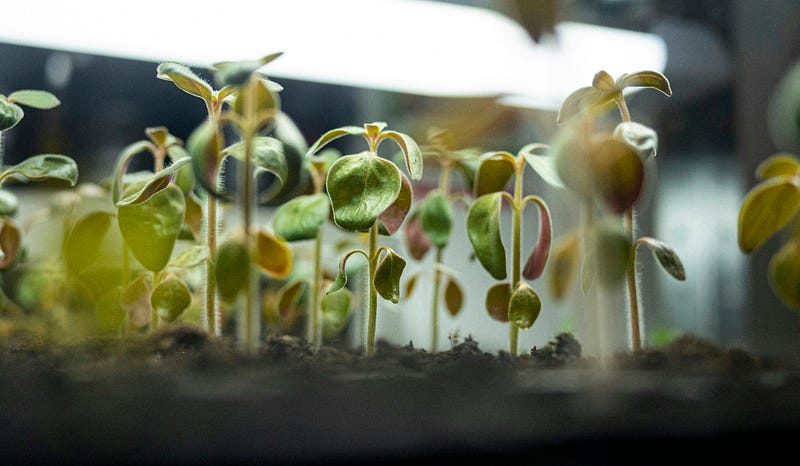
Hardy Vegetables for Indoor Sowing
In colder zones, starting seeds indoors can give your garden a head start. These vegetables can be sown in February and later transplanted outdoors:
Asian Greens
Beets
Broccoli
Cabbage
Cauliflower
Kale
Leeks
Onions
Peas
Radishes
Turnips
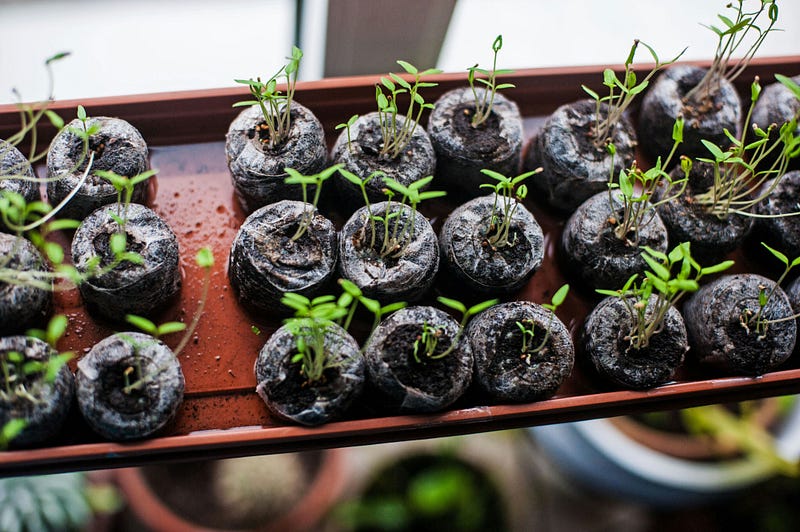
Preparing for Warm-Weather Crops
Late February is also the time to start thinking about warm-weather crops, especially in warmer zones like 10 and 11. These crops are typically started indoors in late January through the end of February depending on hardiness zone. Keep in mind that seedlings that have to wait to go in the ground until the soil warms up are going to need to be repotted several times so the lack of space in their containers don’t stunt their growth.
Warm Weather Crops to Start Indoors
Beans
Corn
Cucumbers
Melons
Peppers
Tomatoes
Summer Squash
Winter Squash
Egg Plant
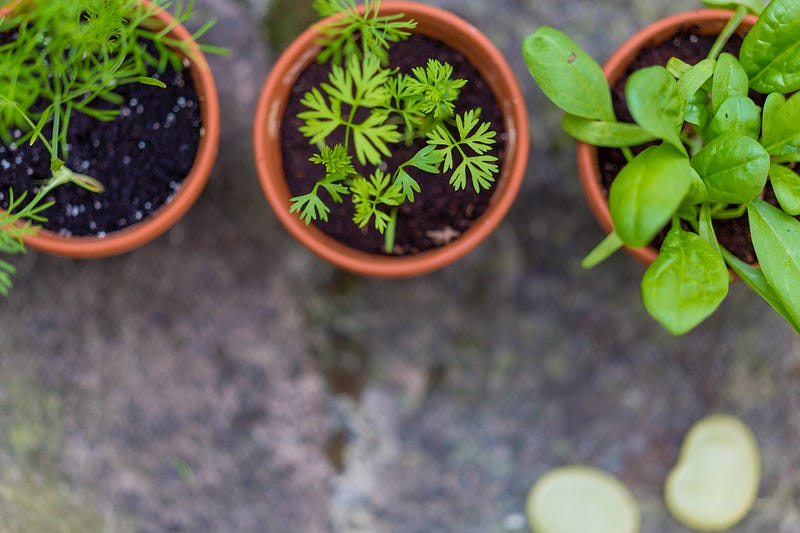
Herbs and Flowers to Sow in February
Some of these herbs are cool weather tolerant and can be put in the ground once hard freezes are over. Others are plants that are slow-growing and benefit from an early start.
Herbs to Sow in February
Thyme
Thyme is a slow grower and benefits from an early indoor start. It requires a consistent temperature of around 60–70°F for germination, which can take anywhere from a week to twelve weeks.
Sage
Sage takes a long time to germinate. Sow sage seeds on top of the soil. They need light to germinate. Soak the seeds for about twelve hours before planting.
Basil
Basil germinates quickly in warm, moist soil around 70°F. It needs plenty of light and pinching off to keep from getting leggy. It can be grown on a sunny windowsill until it’s warm enough in the spring to go into the ground.
Parsley
Parsley can take up to three weeks to germinate. Soak the seeds before planting. Parsley likes cool weather, so this is one that can go into the ground in the early spring.
Oregano
Oregano requires light for germination. It also likes to be kept moist.
True Mints
Mint seeds also require light and even moisture to germinate.
Lemon Balm
Lemon Balm takes about 2–3 weeks to germinate. Maintain a temperature between 65–75°F. Do not cover the seeds.
Chives
Chives need darkness to germinate, so cover the container you are sprouting your seeds in. They like temperatures around 70°F and can take up to two weeks to sprout.
Most herbs, culinary and medicinal, are slow to germinate and slow to grow. They should be started early if you want a summer harvest, so get those seeds germinating now!
Flowers to Sow and Grow in February
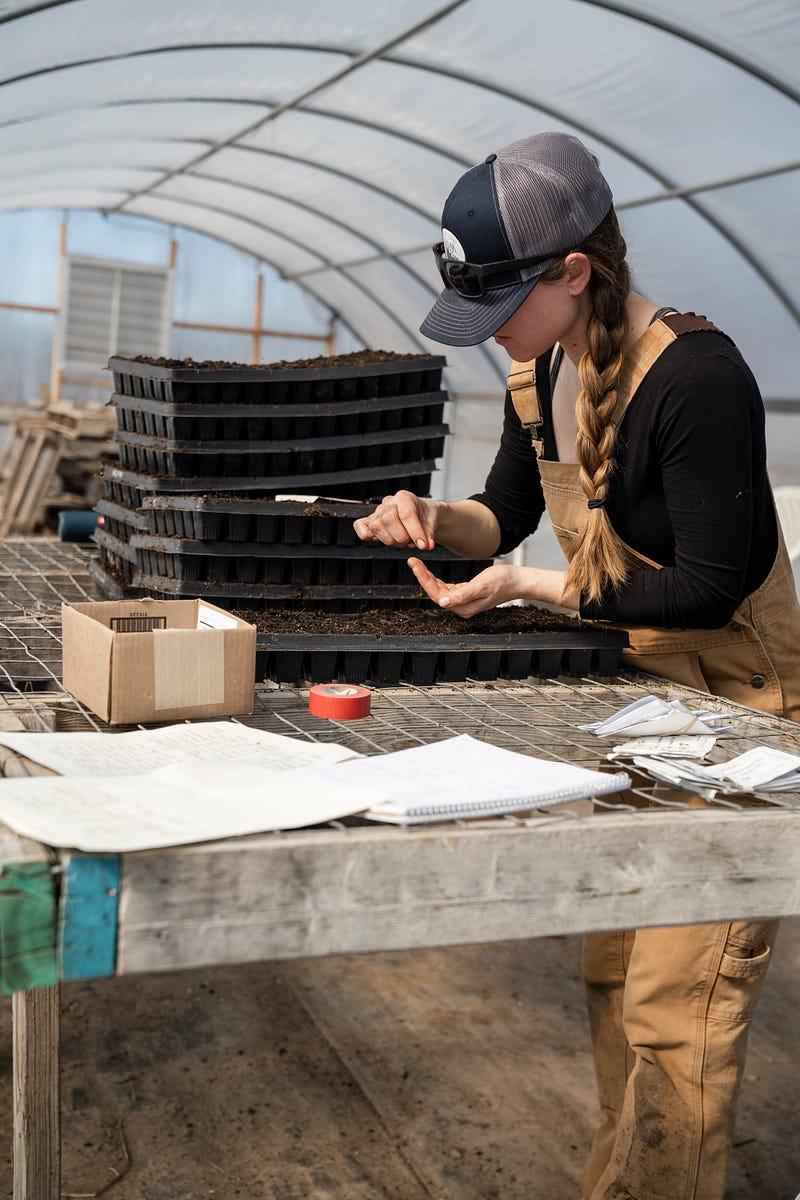
Lobelia
Can be sown in a heated propagator.
Begonias
Plant tubers (hollow side up) in pots of moist compost and keep them in a bright, frost-free position.
Antirrhinums (Snapdragons) and Laurentia
Sow now for early flowering.
Dahlia Tubers
Start these into growth by planting them in pots of compost and maintaining a minimum temperature of 50°F.
Sweet Peas
Sow in a glasshouse, cold frame, or a cool place indoors. Soaking the seeds overnight can speed up germination.
Chrysanthemum
Grow from seed indoors or in the greenhouse for early blooms.
Geraniums (Pelargoniums)
Sow indoors for earlier flowers.
Lilies and Alliums
Fall is the best time to get these in the ground, but you can still plant these bulbs outdoors up until spring.
Bare Root Roses
Plant outdoors in a sunny position for summer color.

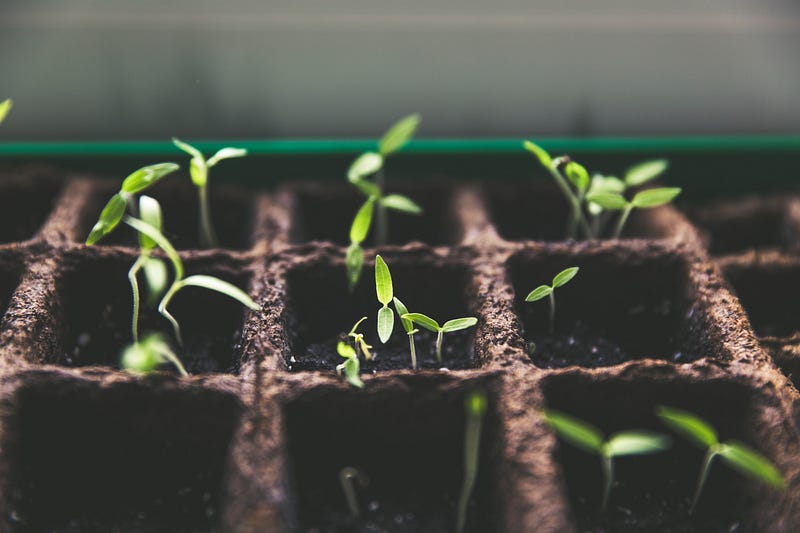


0 Comments